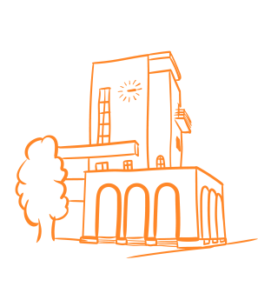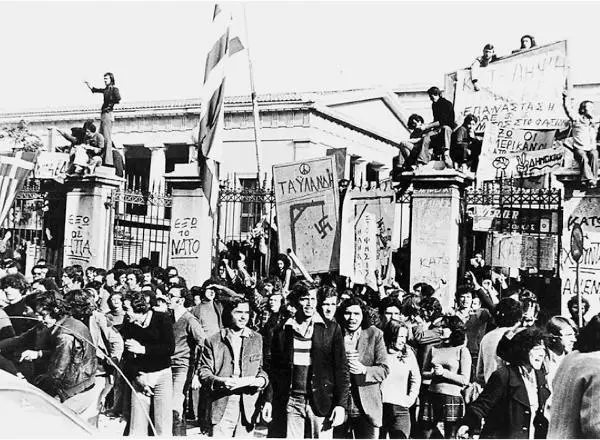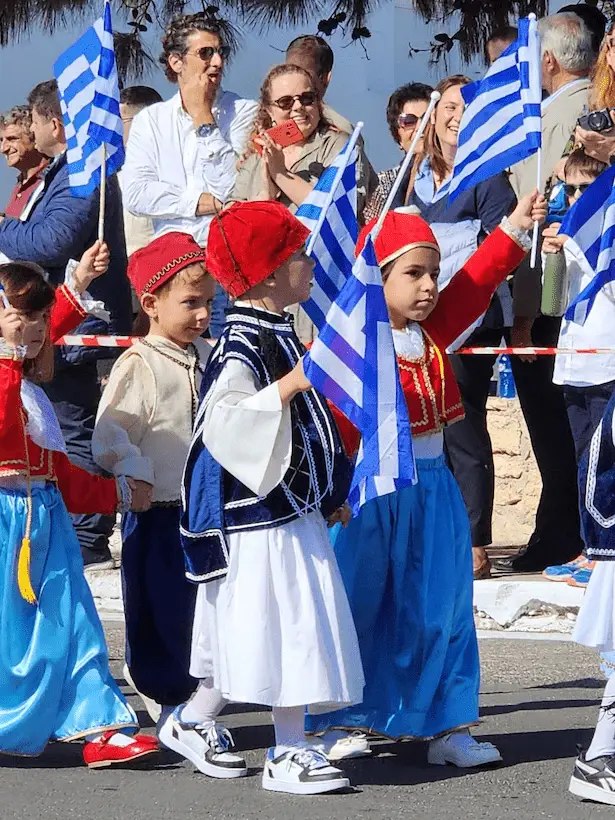Situated east of Porto Lago, the majestic Mount Tsingouna, also known as Tsikouras or Zuncona, unfolds a captivating story of its own.
In 1688, Francesco Piacenza drew attention to the mountain, emphasizing its therapeutic springs at the base. Later, in 1888, D. Oikonomopoulos referred to it as Tsikgouras, while I. P. Georgiou, in the Folklore of Leros, translated it as ‘Tsikgouras or Tsikouras, meaning axe.’
At its peak, the Italians strategically placed the anti-aircraft artillery PL 113, commanded by Lieutenant Colonel Egidio Pellicia. In 1943, the unit bravely faced a 52-day German aerial assault. Today, traces of this period are scarce, as even the bomb shelters used during that time have been demolished on the orders of the British allies.
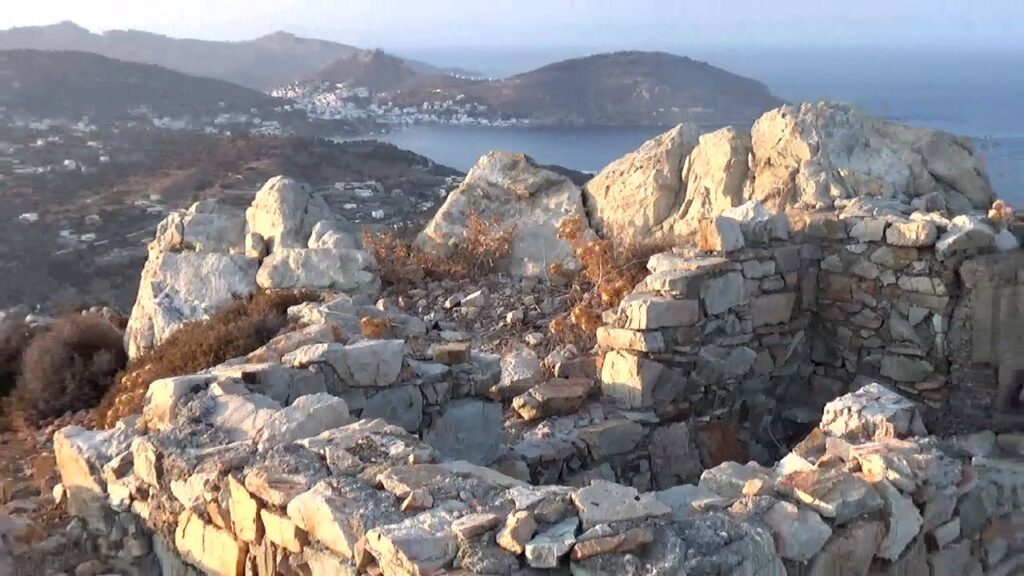
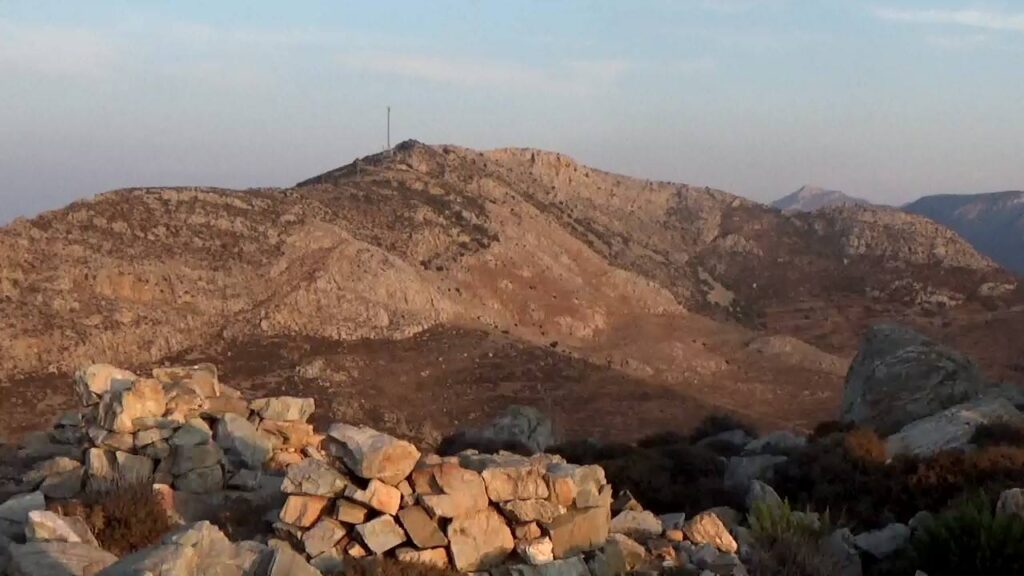
The few remaining structures that once bore witness to history have fallen victim to bombings or neglect. Italian occupation lasted for 31 years, while the occupation of the goats endured for 75 years, always with the patient understanding of local leaders.
The echoes of this remarkable history linger in the air, making a visit to this area highly recommended. The stunning beauty of nature and the breathtaking panoramic views are sure to captivate any visitor.
It’s worth mentioning that this specific location could benefit from archaeological investigations to uncover more about its historical importance. The layers of history interwoven into Mount Tsingouna offer a unique opportunity for exploration and discovery.
In conclusion, Mount Tsingouna not only boasts a rich history but also stands as a symbol of resilience against wartime challenges. I invite you to explore this enchanting area, where nature and history come together, promising an experience that transcends time.
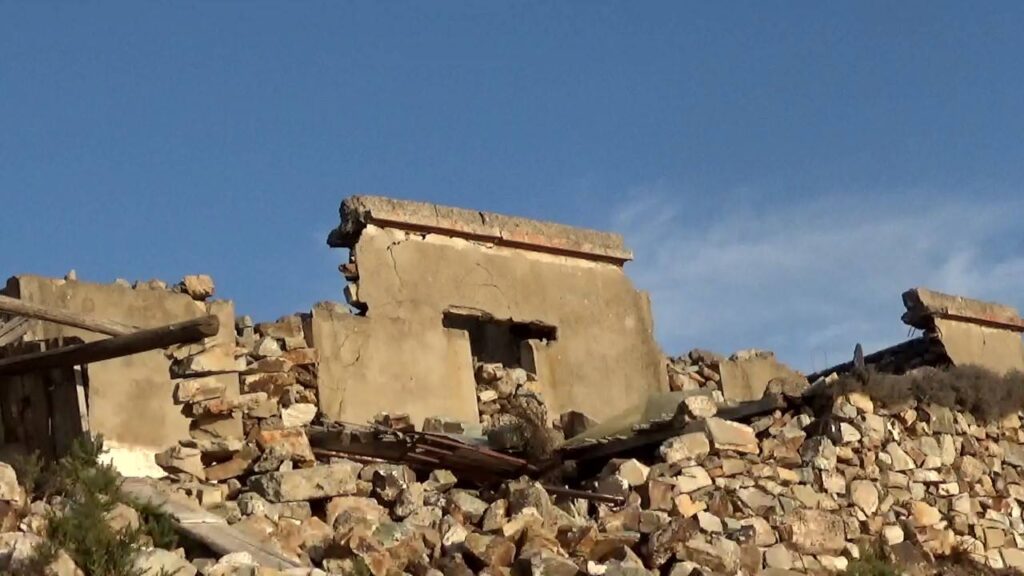
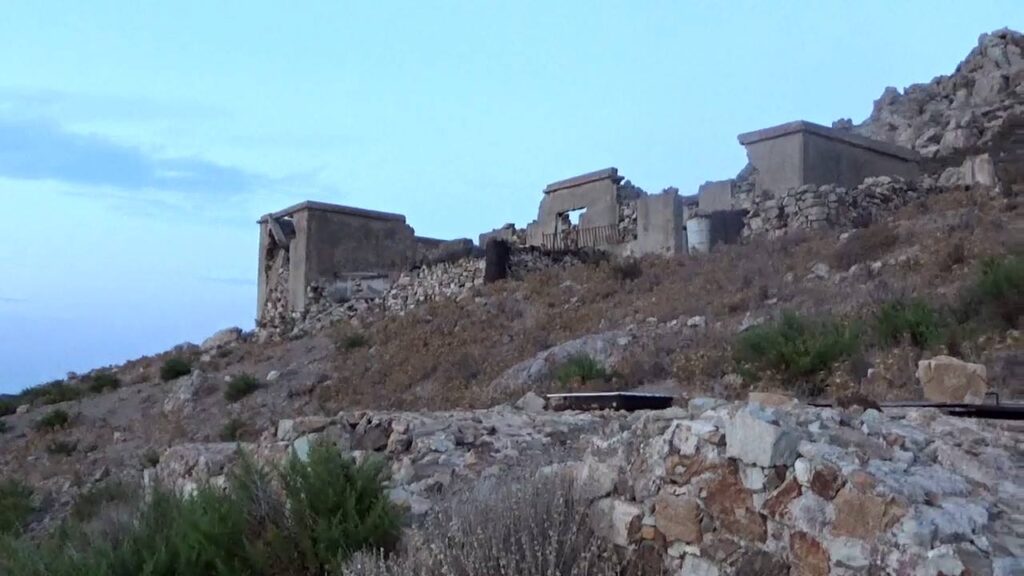
This is another article by Francesco DiPierro – The Guardian of Leros Island’s Legacy. Explore all articles here.


